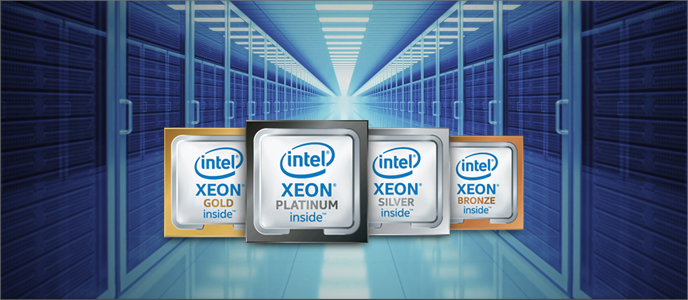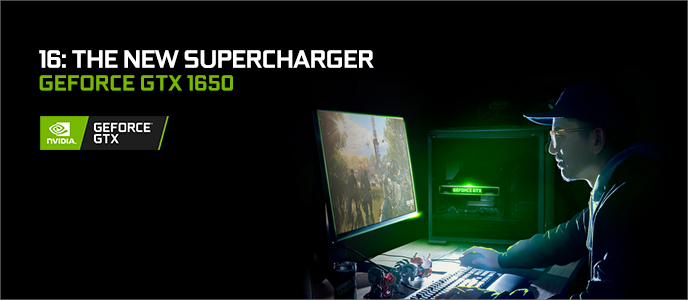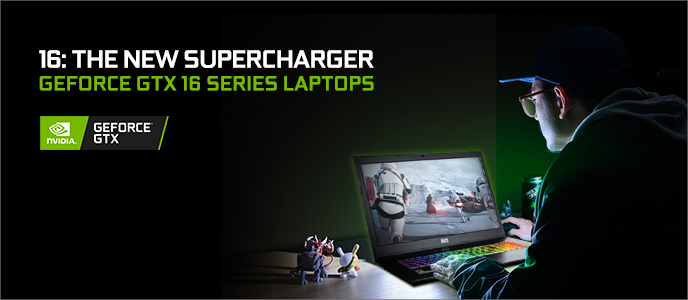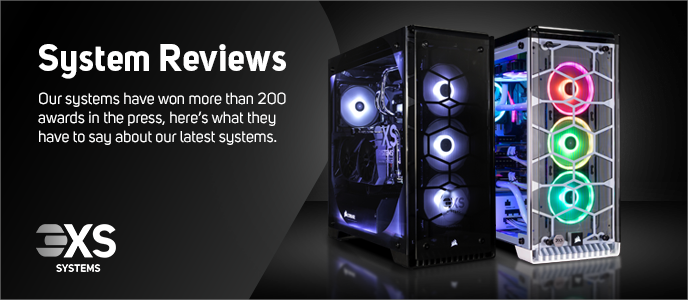SCANZONE
21.05.19 | ISSUE 62
While April and May don’t usually see a slew of new products released, Intel has been busy launching its 2nd gen Xeon Scalable processors, delivering more cores and Optane memory packed into DIMMs. Read on to find out more about this revolutionary new type of server memory plus a slew of new entry-level and mid-range graphics cards from NVIDIA.

1. Intel 2nd Gen Xeon Scalable CPUs
Intel’s 1st gen Xeon Scalable CPUs, which launched a couple of years ago were one of the biggest steps forwards in server CPUs in several generations, introducing AVX-512 instructions and a wider 6-channel memory controller. Over the last few weeks Intel has started to roll out a revised 2nd gen range of these CPUs with more improvements under the hood.
As the new 2nd gen CPUs are socket compatible with 1st gen Xeon Scalable servers, the changes are all incremental rather than revolutionary. For starters, the 2nd gen CPUs have more cores than the 1st gen equivalent; as an example the new 2nd gen 4210 has 10 cores versus the 1st gen 4110 which had 8 cores. Some of the higher end models also get support for 2933MHz memory, up from 2666MHz.
Other improvements include hardware fixes for some of the speculative execution vulnerabilities discovered last year such as Spectre and Meltdown, plus a new VNNI instruction called Deep Learning Boost. This accelerates INT8 maths operations which are typically used when inferencing.
The new 2nd gen Xeons also get support for a new type of memory, Optane DC Persistent Memory. These new modules pack in up to 512GB of Optane memory in a standard DIMM form factor, delivering performance midway between DRAM and an NVMe SSD at the fraction of the cost of DRAM. Optane DIMMs are intended to be installed alongside standard DIMMs in a server, and can work in two different ways. Memory Mode extends the pool of system memory, enabling you to have more memory in the system than at a lower cost than purely using DRAM. App Direct Mode, which requires software support, exposes the Optane DIMMs to the OS, enabling them to be used as a low-latency cache between DRAM and storage drives. It’s still too early to see how much of an impact Optane Memory will have on servers, but it’s great to see something new being tried in the server market.
Most 2nd gen models also get a small clock speed boost too, which combined with the extra cores results in up to a 29% performance boost gen on gen from the testing we’ve done in our lab. You can easily tell if the different generations apart as 1st gen CPUs have a 1 in the second letter of the model number, and 2nd gen CPUs have a 2 instead.
Finally, it’s also worth mentioning the special edition Xeon Platinum 9200-series. Featuring up to 56-cores, these monstrous 400W CPUs are soldered onto the motherboard and are Intel’s answer to AMD’s forthcoming 64-core EPYC processors.
Visit the 3XS Systems website to view a range of servers supporting the new 2nd gen Xeon Scalable CPUs or email [email protected] to discuss your requirements.

2. NVIDIA GeForce GTX 1650
At the opposite end of the spectrum from Intel’s new server CPUs is the NVIDIA GeForce GTX 1650 graphics card. Priced at around £150, this new gaming graphics card is based on the Turing architecture, but like the GTX 1660 and 1660 Ti lacks RTX and Tensor cores.
Armed with 896 CUDA cores and 4GB of GDDR5 memory it is intended to replace the ageing GTX 1050 and 1050 Ti cards in entry-level gaming PCs. While the new GTX 1650 is no slouch, being around 35% faster than the GTX 1050 Ti, this isn’t enough of a speed increase to warrant an upgrade. However, if you’re on the look out for a new budget gaming PC we’ve designed a range of 3XS Systems that make the most of the new GTX 1650.

3. NVIDIA GeForce GTX 1650 and 1660 Ti laptops
Following on just a few weeks after the desktop versions, NVIDIA has also launched laptop versions of its entry-level GTX 1650 and mid-range GTX 1660 Ti graphics cards.
The laptop GTX 1650 has the same 4GB of memory as its desktop counterpart, but has more CUDA cores, with the count increased from 896 to 1,024. This gives a laptop armed with the GTX 1650 enough power to play most modern games at medium to high graphics settings at 1080p. You can browse the range of entry-level GTX 1650 gaming laptops on our website.
The laptop GTX 1660 Ti has the same specs as its desktop version, both being equipped with 1,536 CUDA cores and 6GB of memory enabling a laptop with this GPU to play games at high to maximum quality settings at 1080p. You can browse the range of mid-range GTX 1660 Ti gaming laptops on our website.
Alternatively visit the 3XS Systems website to spec up your perfect gaming laptop.

4. Join Scan at NVIDIA Enterprise Innovation Day
GPU acceleration has revolutionised Enterprise IT over the last few years. Starting life accelerating HPC workloads, GPUs are now the cornerstone of deep learning and AI, rendering and cloud servers providing virtual GPUs to any device, anywhere.
Scan is a platinum sponsor of the upcoming NVIDIA Enterprise Innovation Day which is held at the Manchester Metropolitan University Business School on 30th May. On the day you’ll find out more about NVIDIA GPU accelerators plus workshops on the latest tech and programming techniques. Register your interest on our event website to find out more.

"A slim and light laptop with plenty of gaming power"
After its debut last month, Custom PC looked at one of our 3XS Systems gaming laptop powered by the new NVIDIA GeForce RTX 2070 GPU. Earning an Approved Award and scoring 85% Custom PC wrote that "it gives you all the gaming essentials in a small package for well under £2,000 inc VAT, including a 144Hz screen, a mechanical keyboard and a Max-Q RTX 2070 GPU". You can read the full review in Issue 189 of Custom PC and spec up your perfect RTX 2070 laptop using our configurator.
